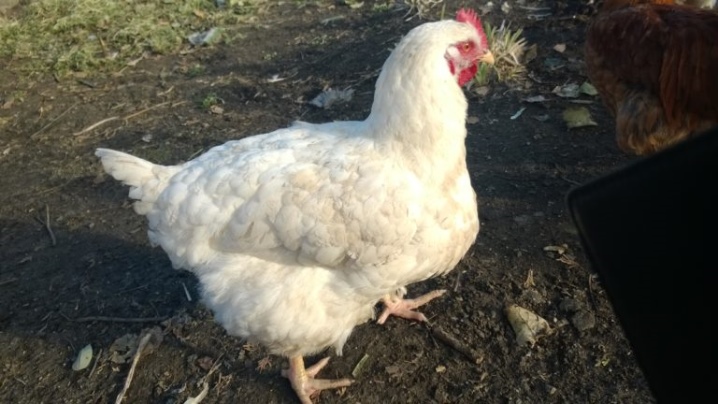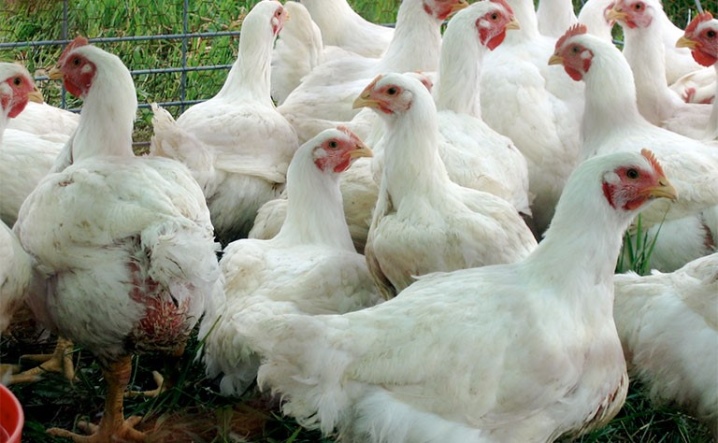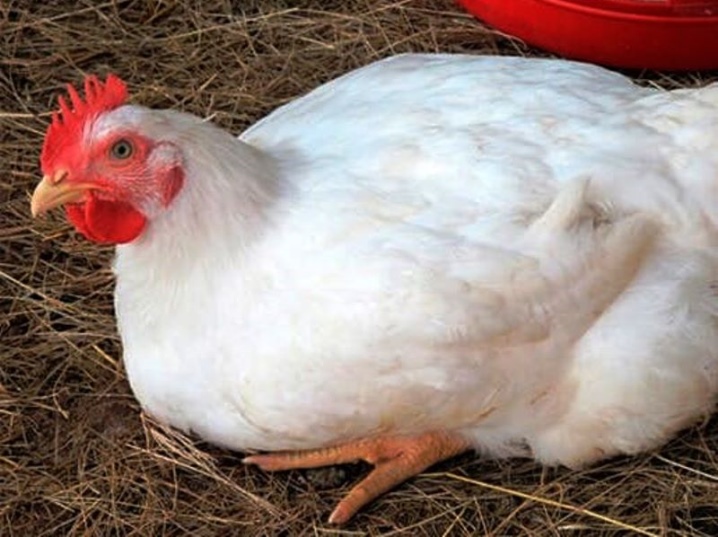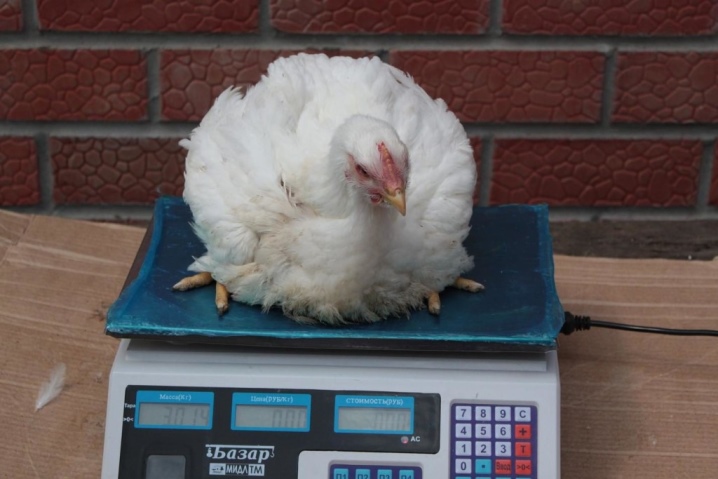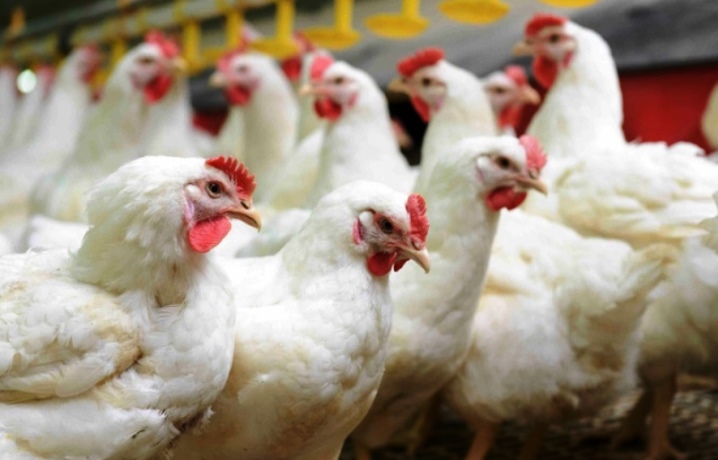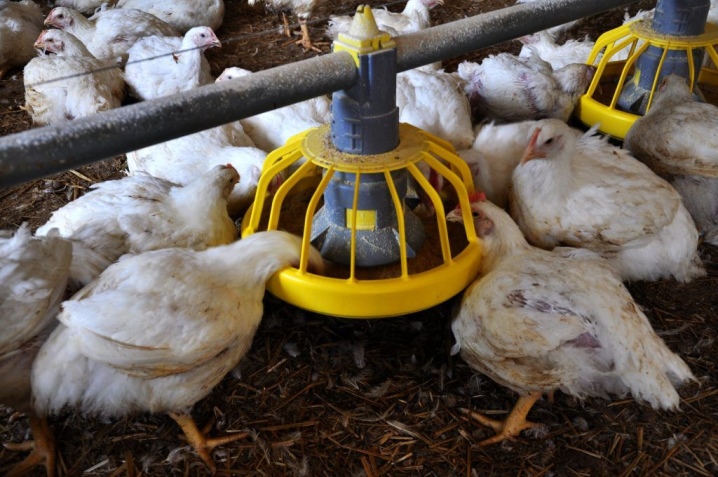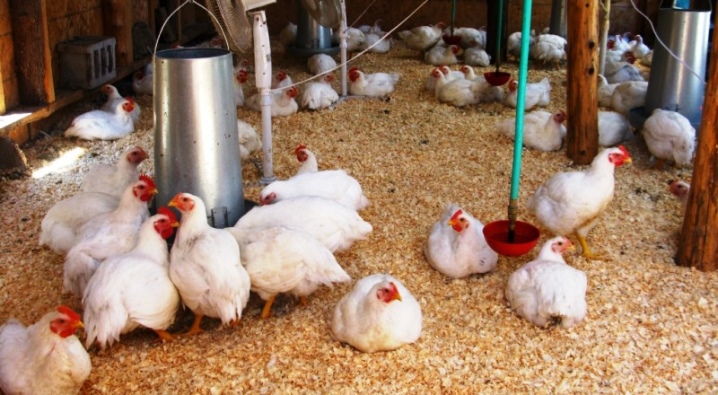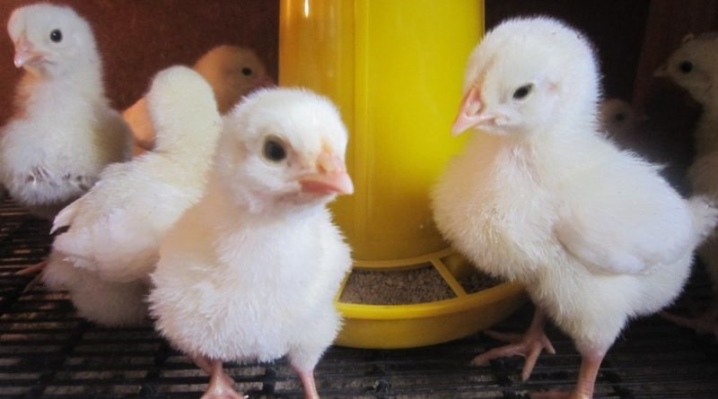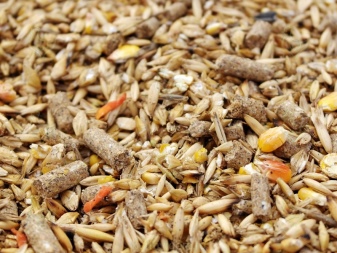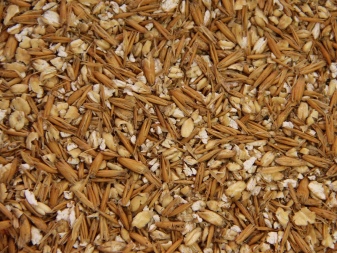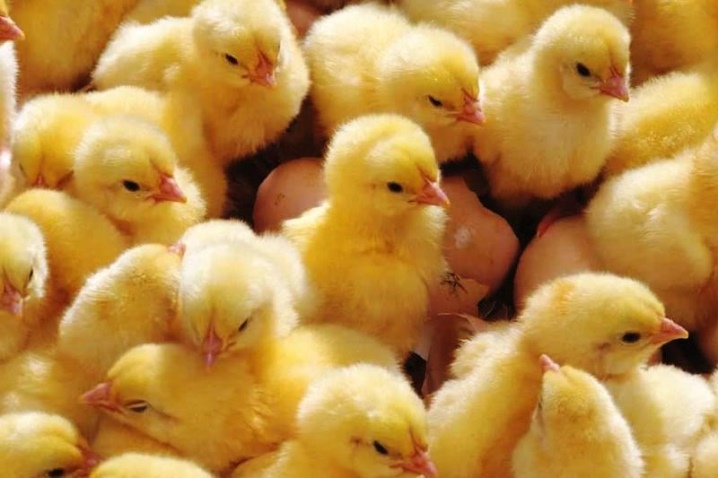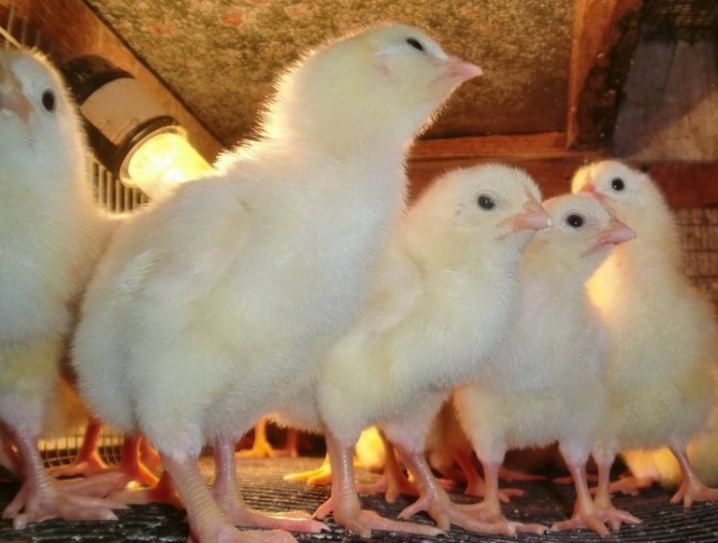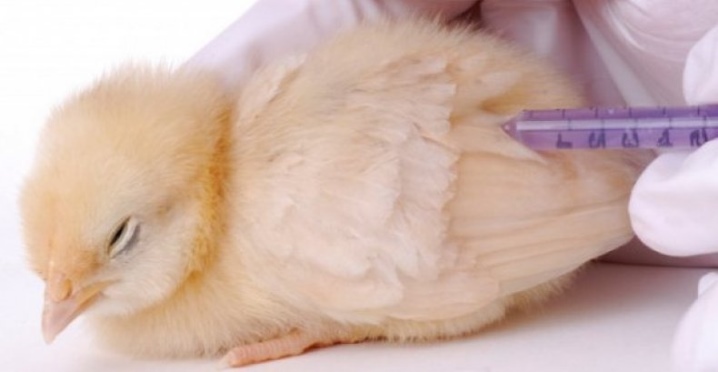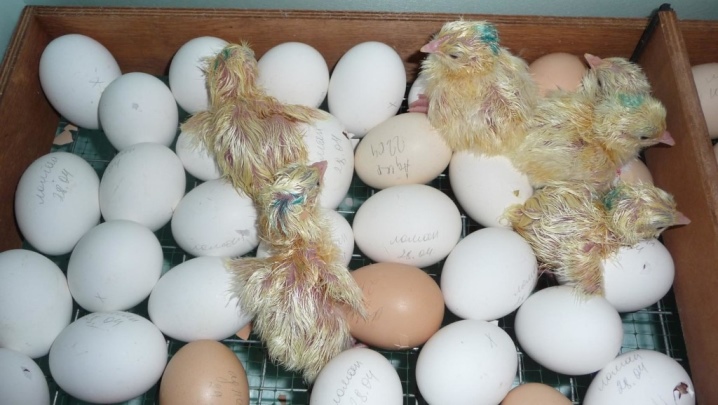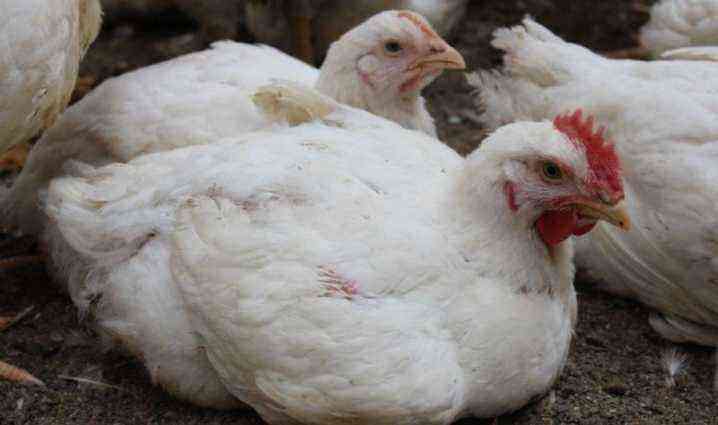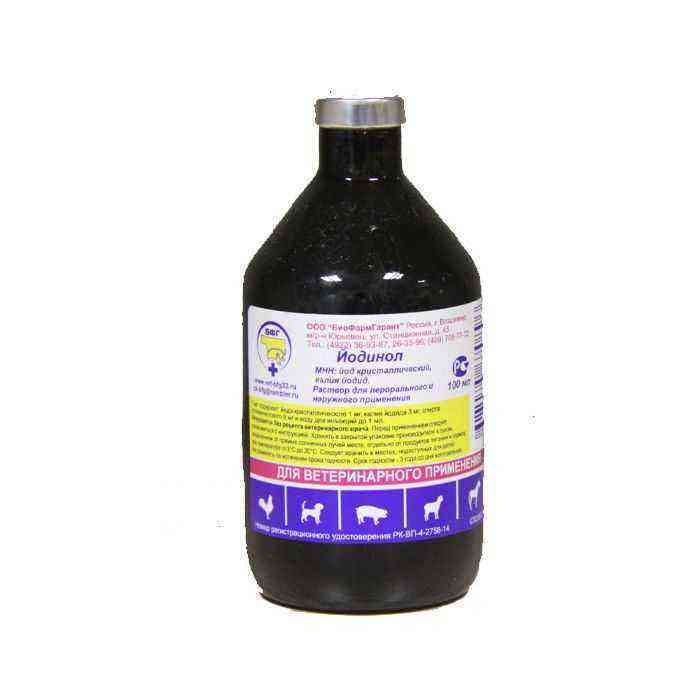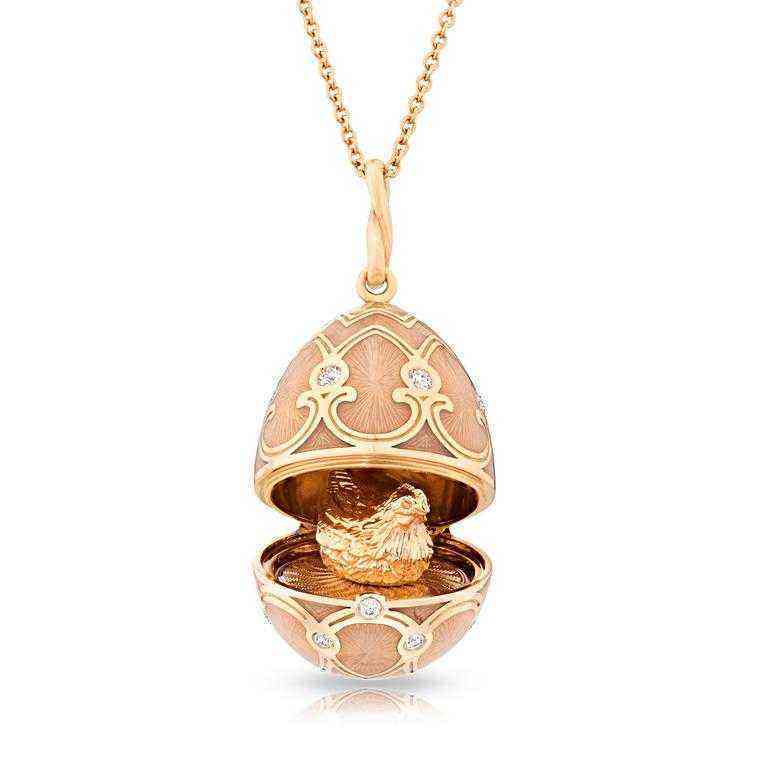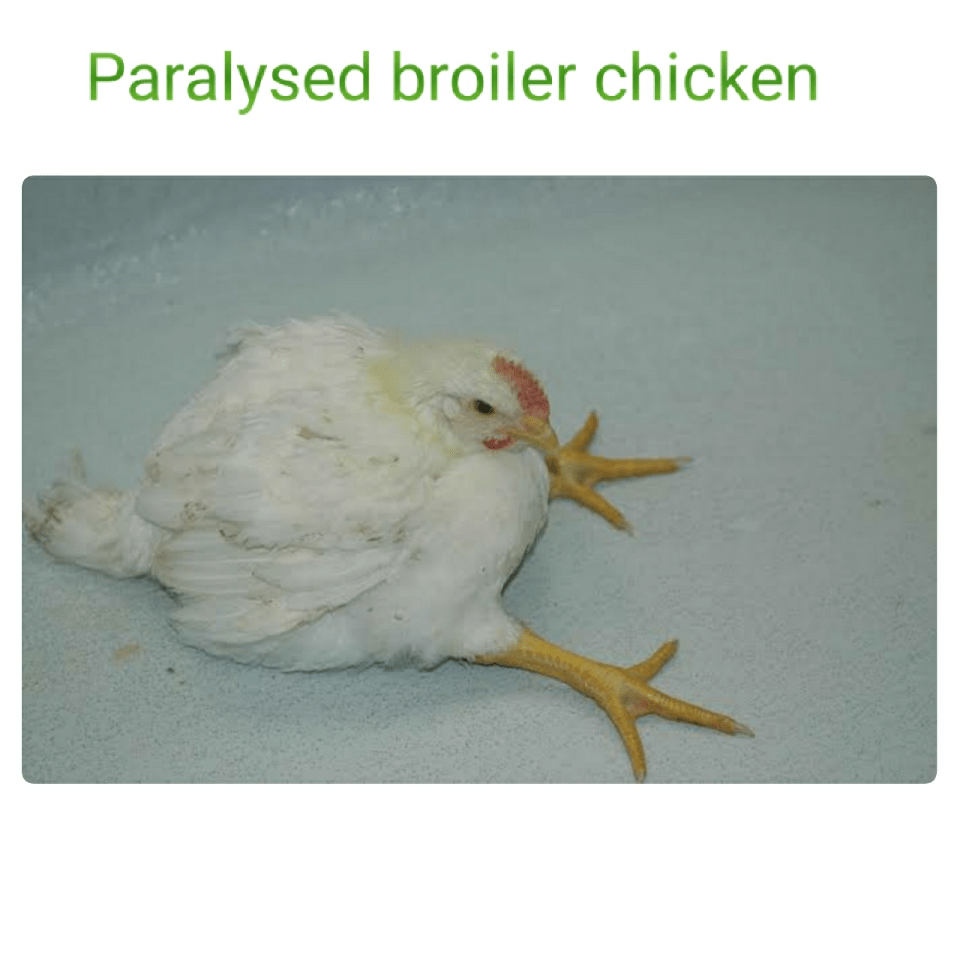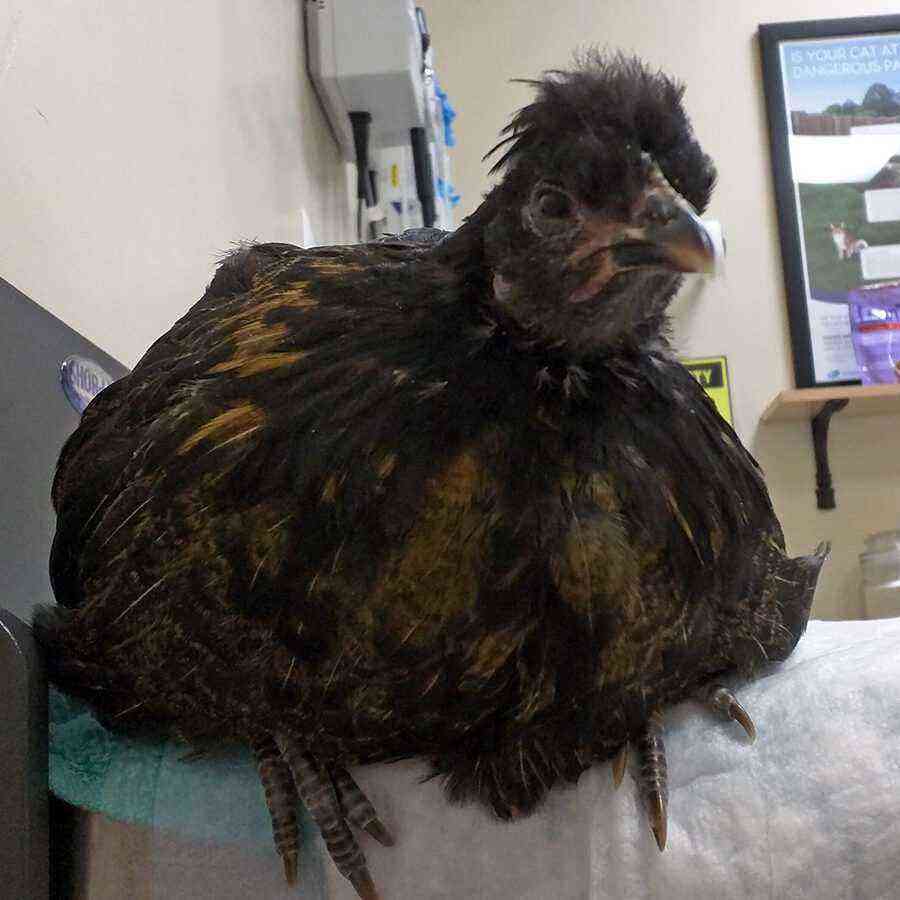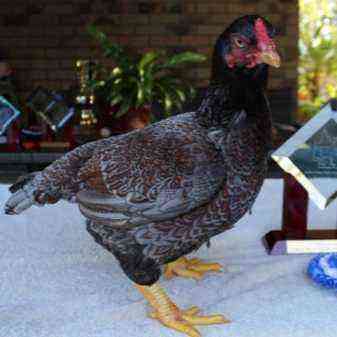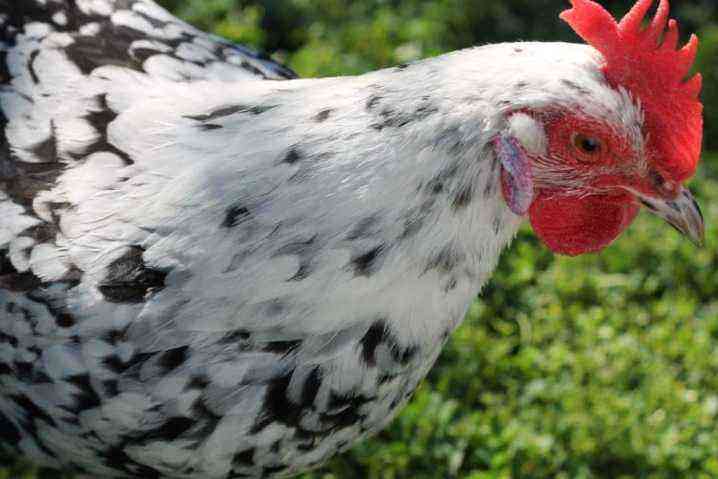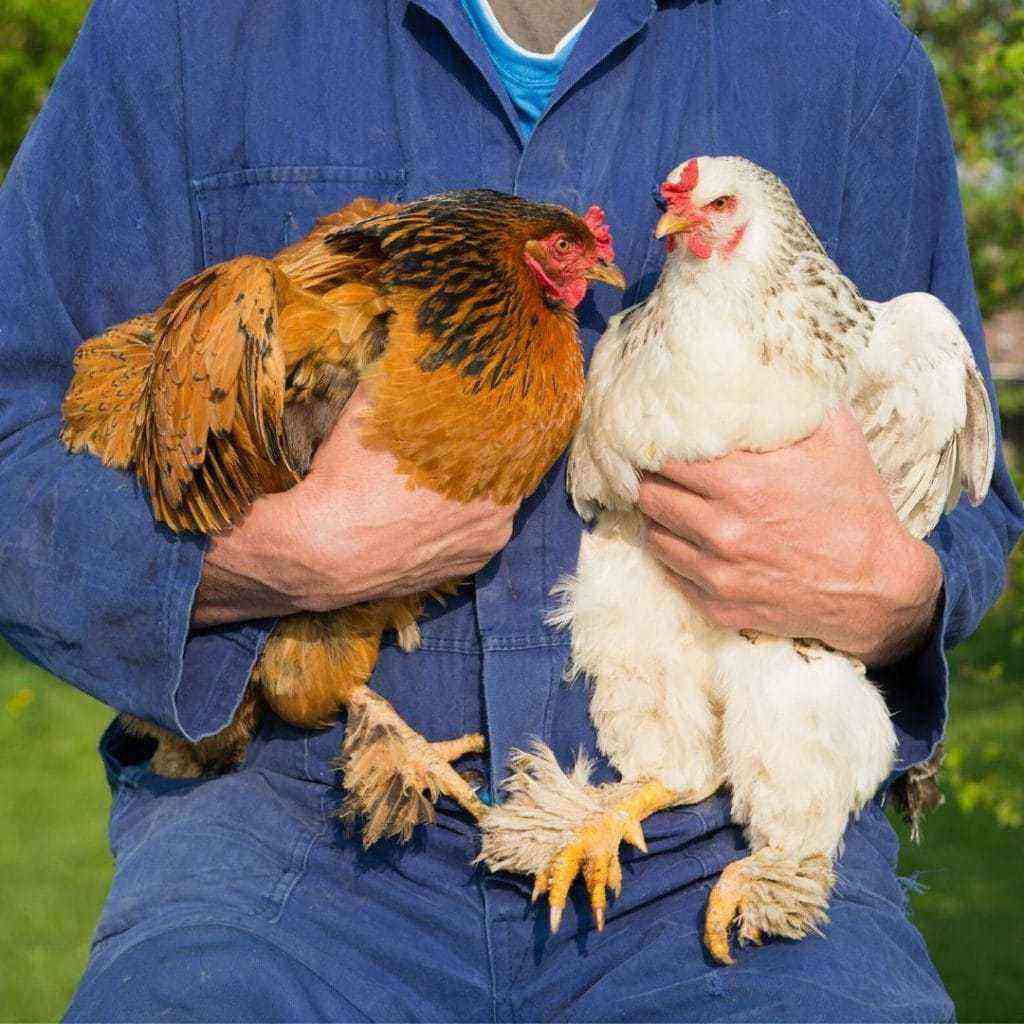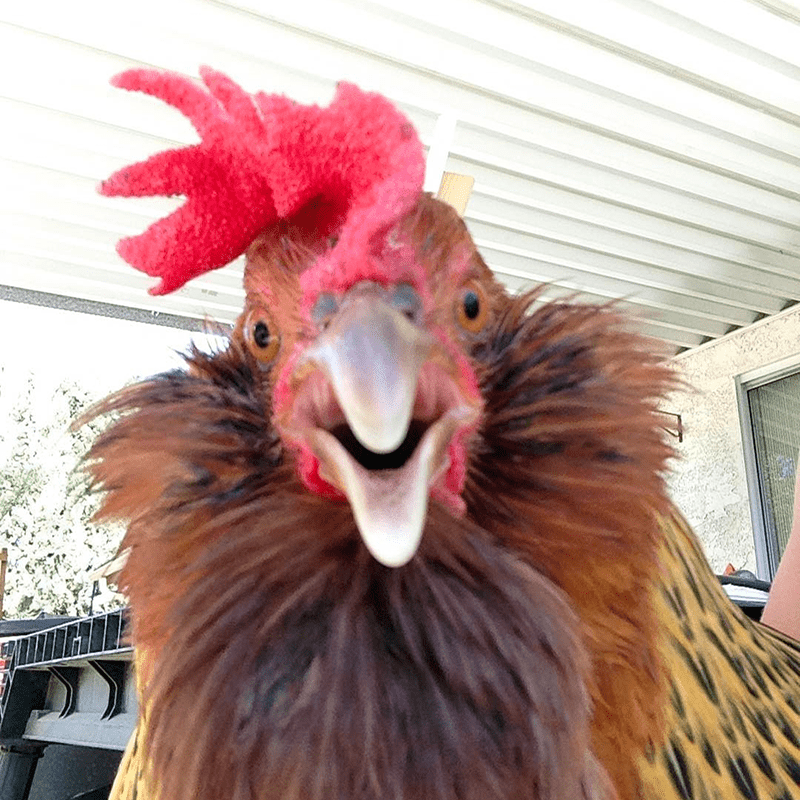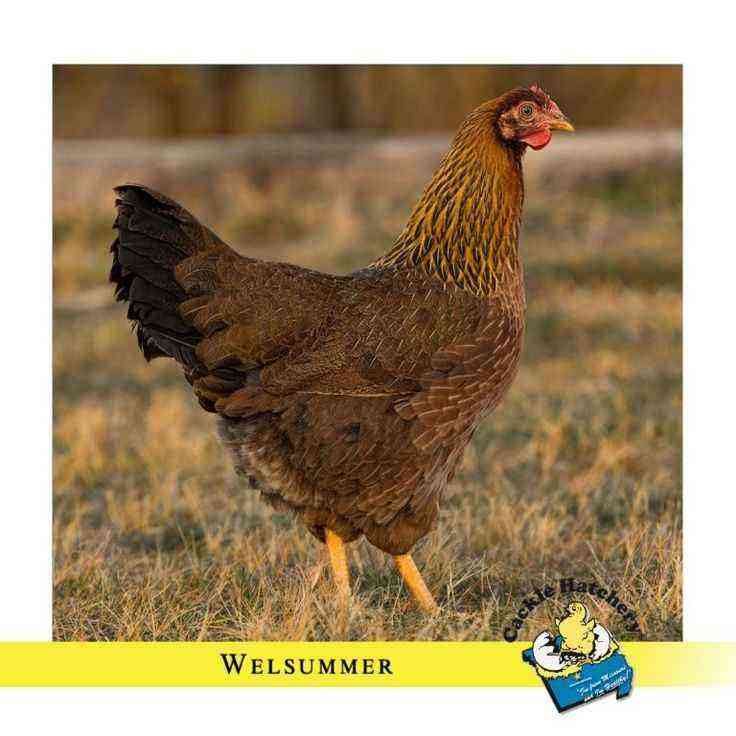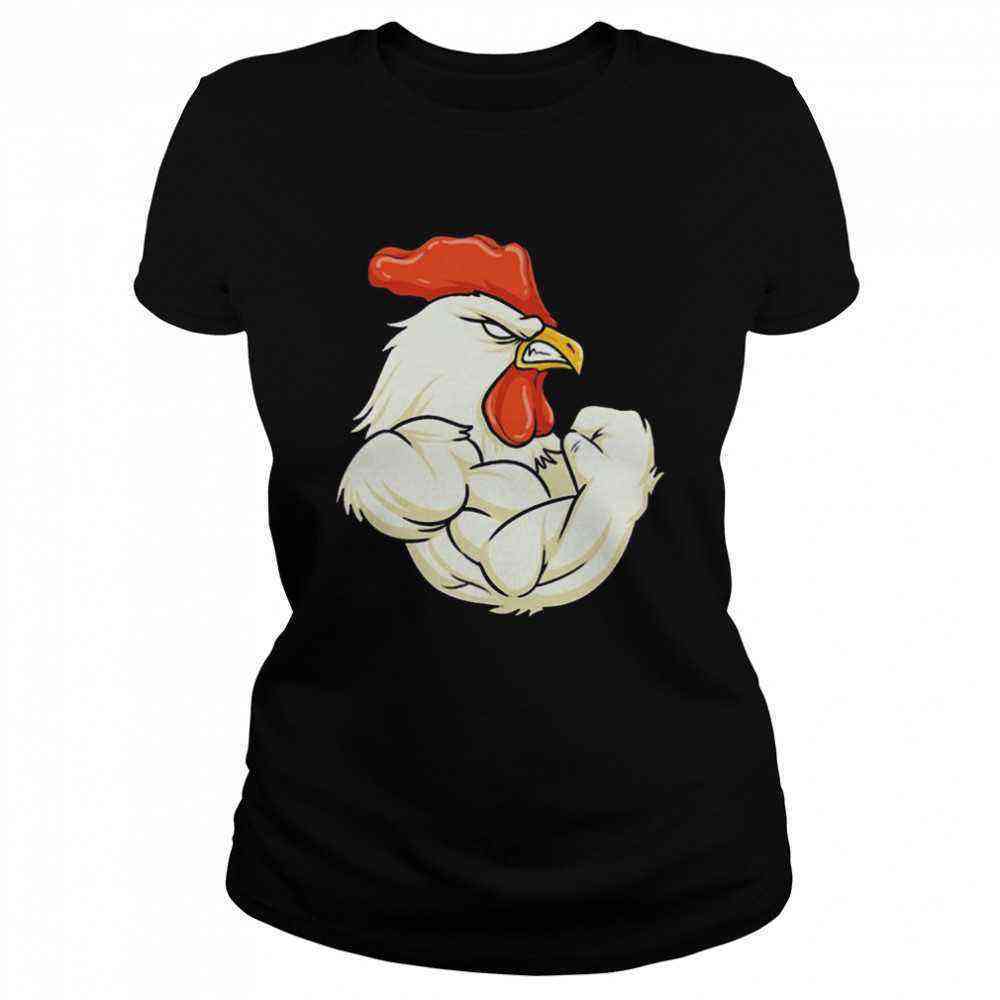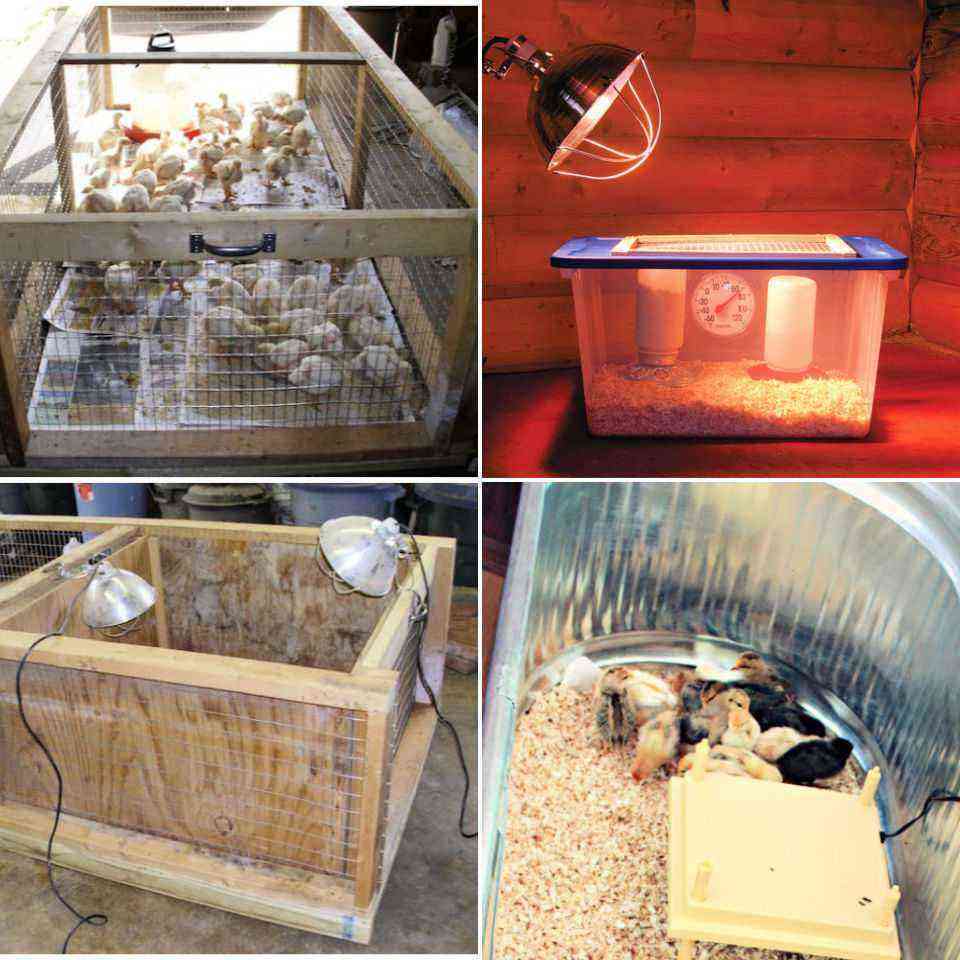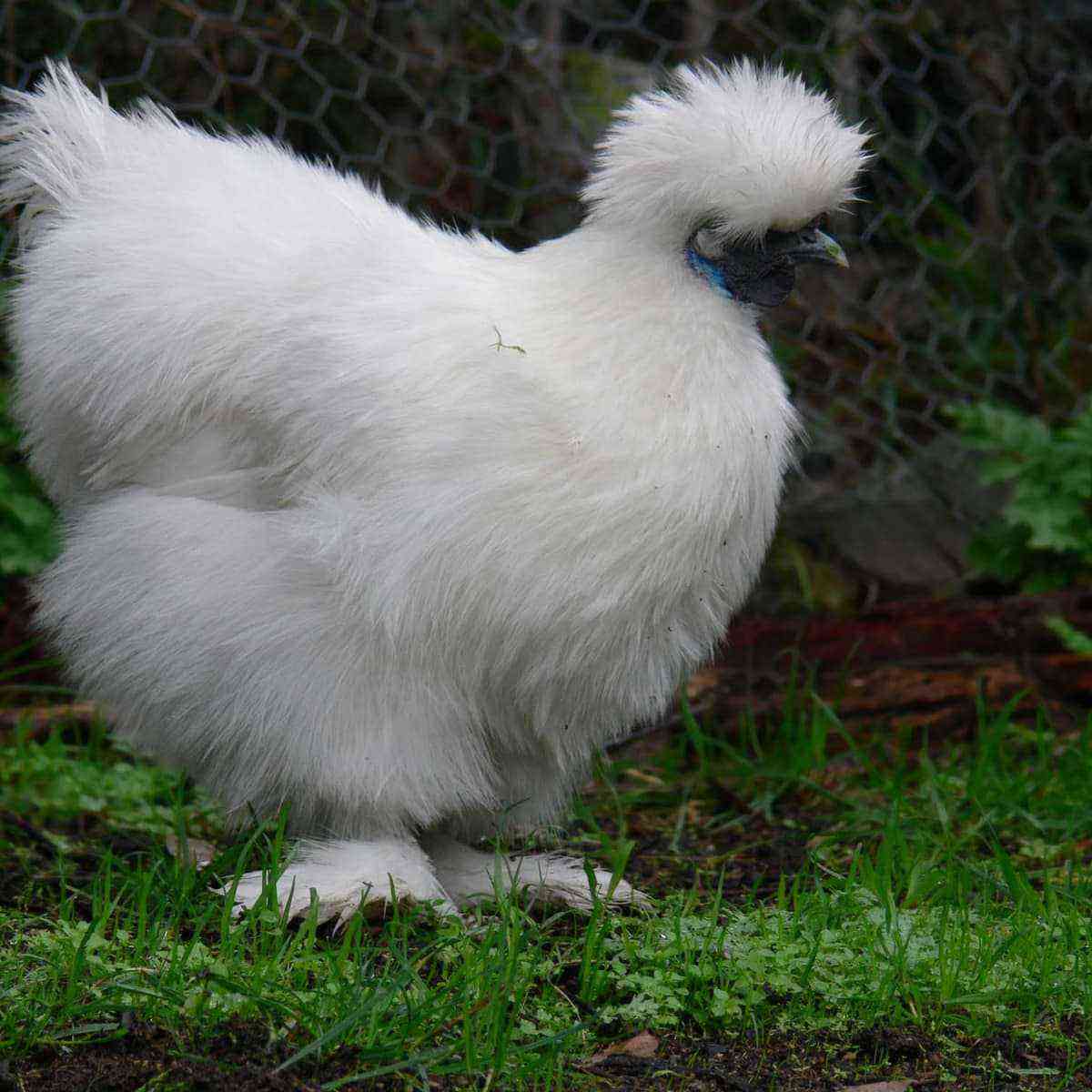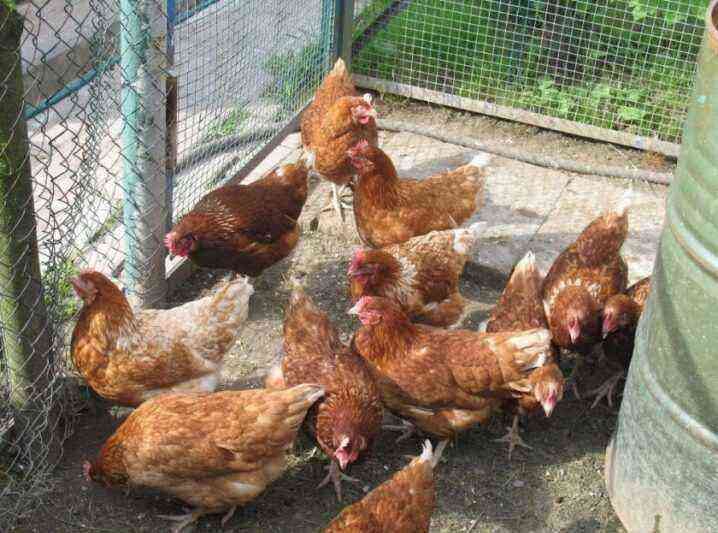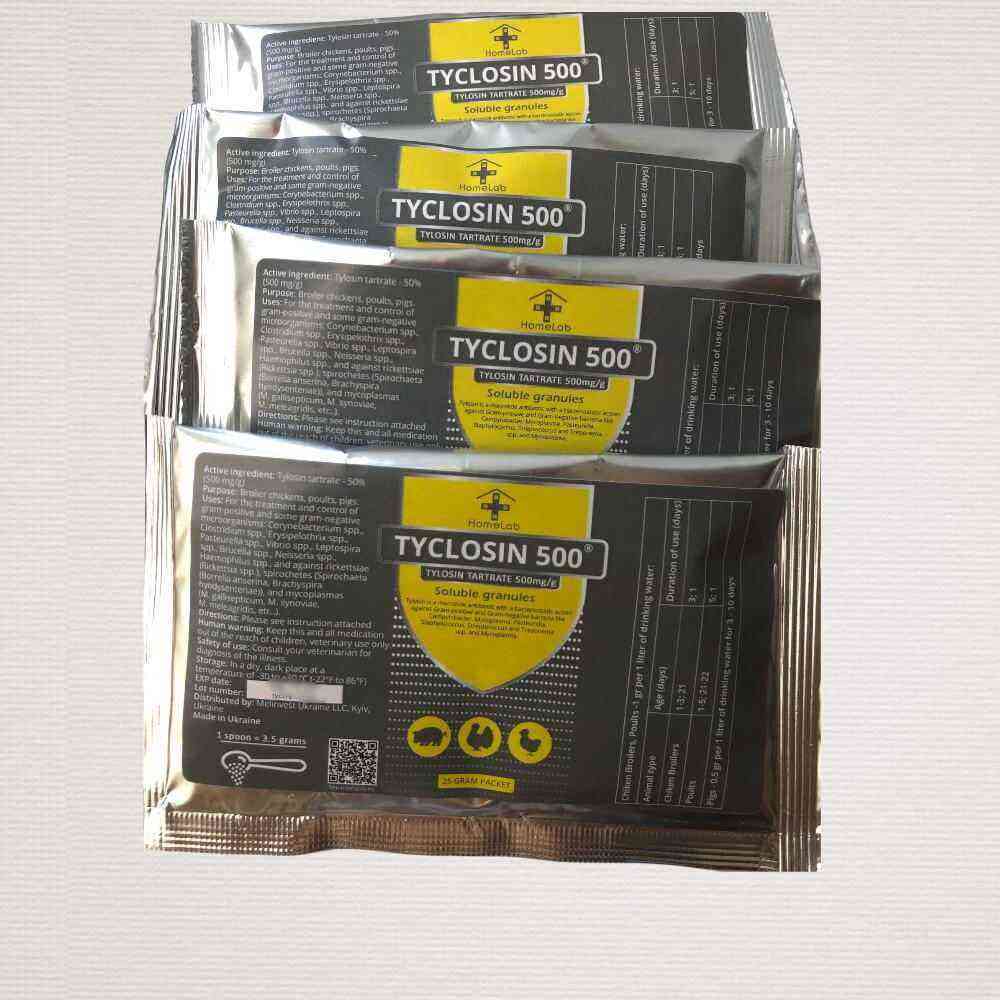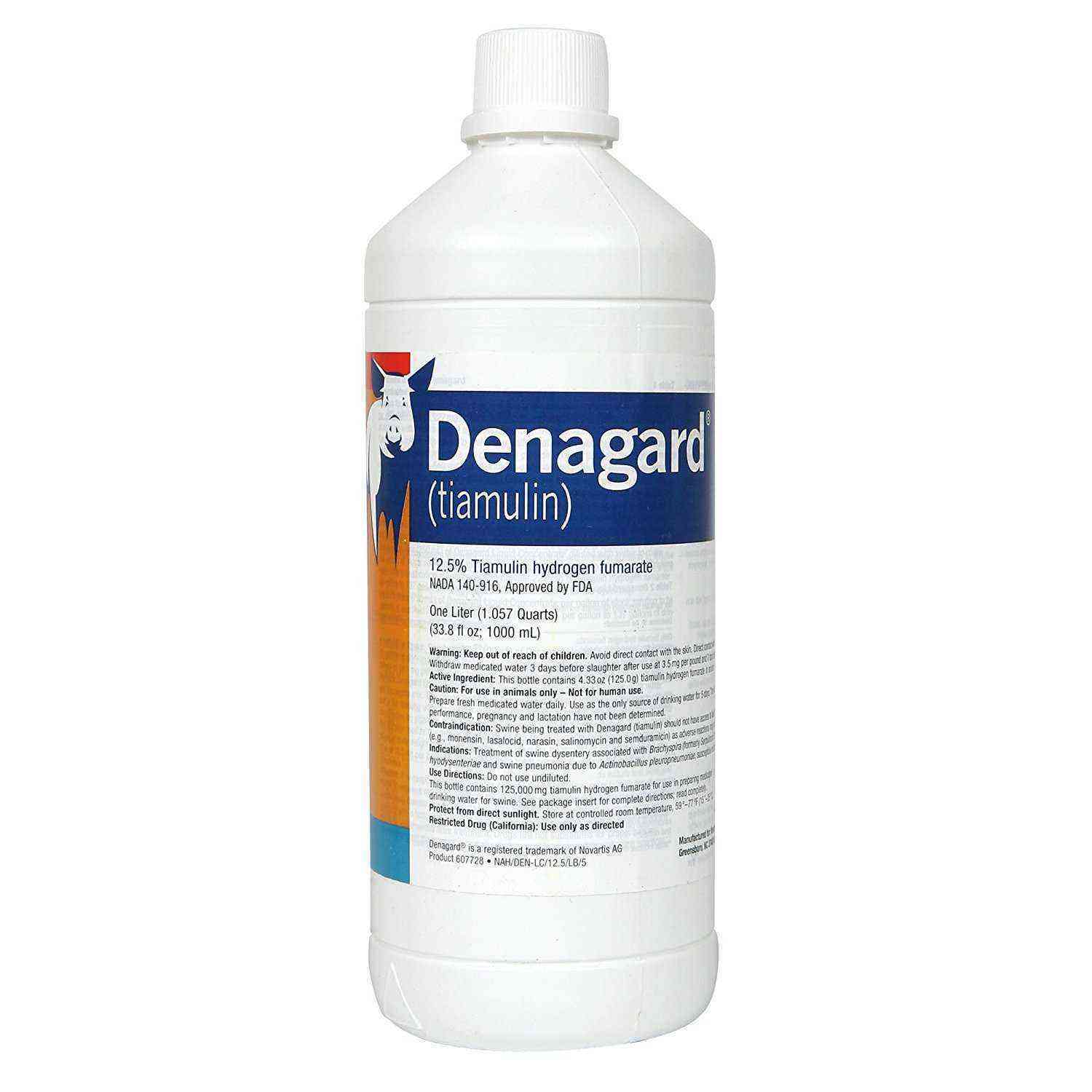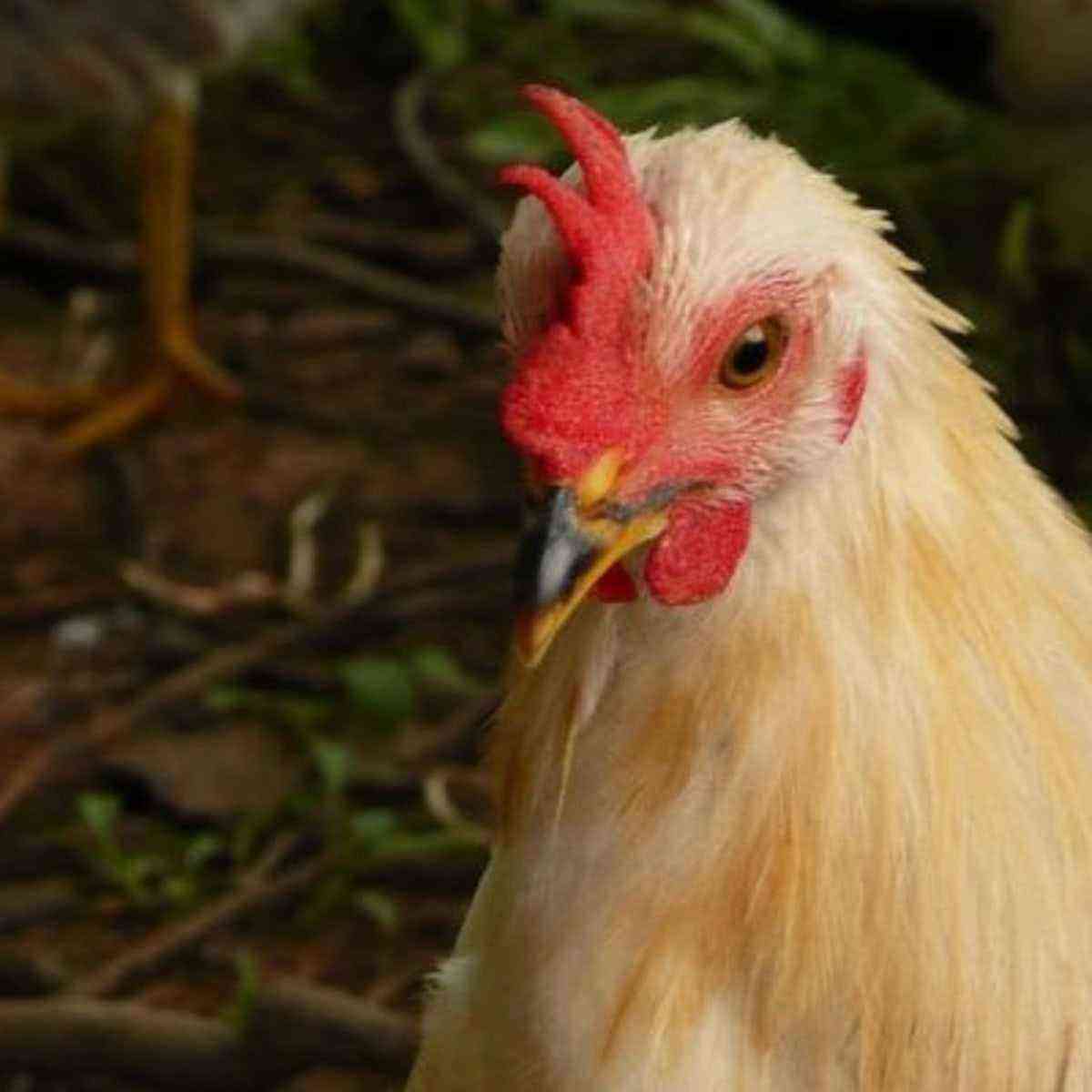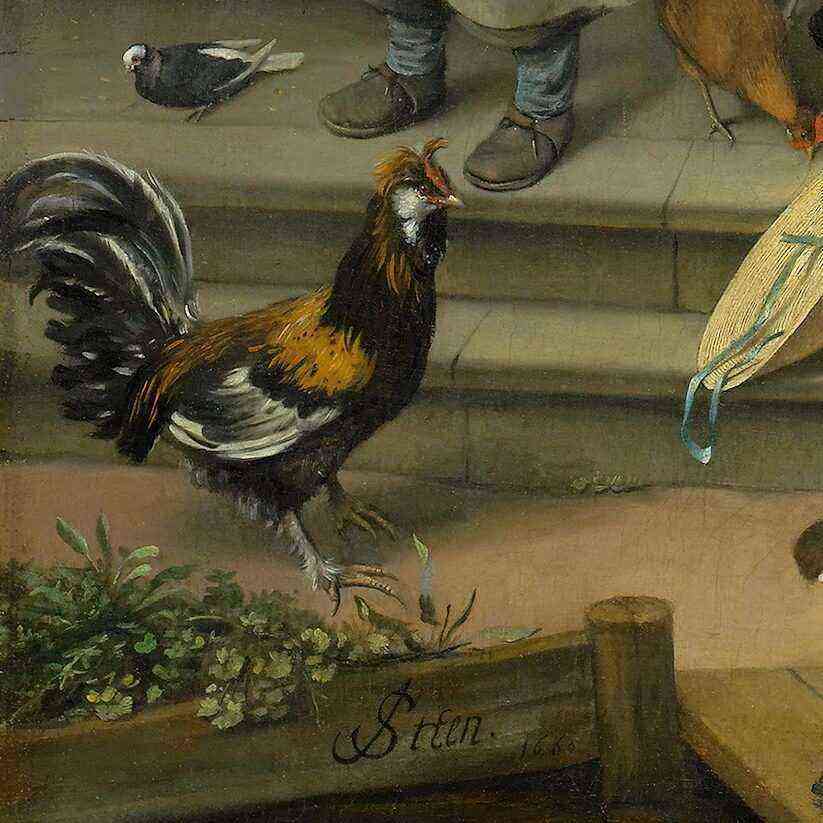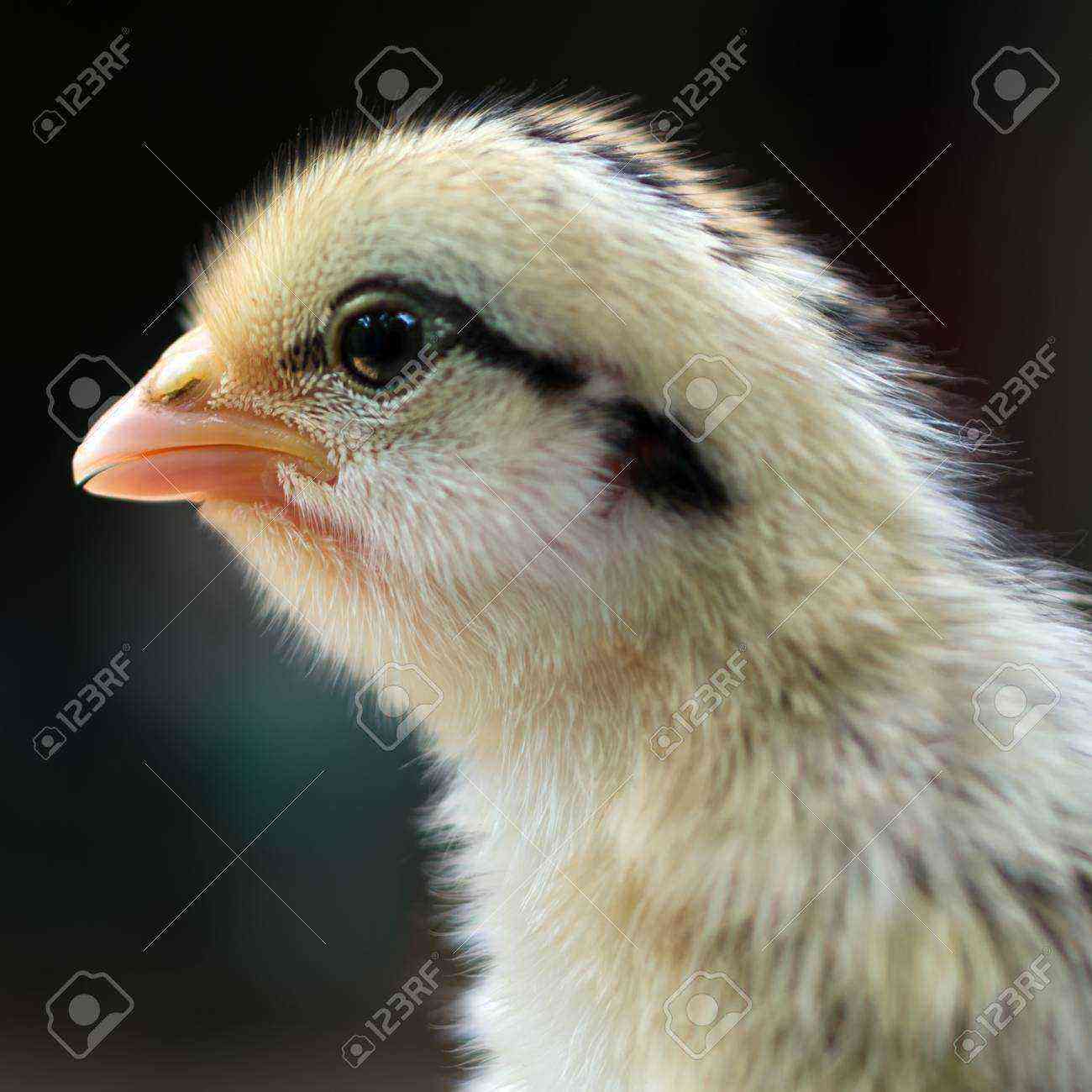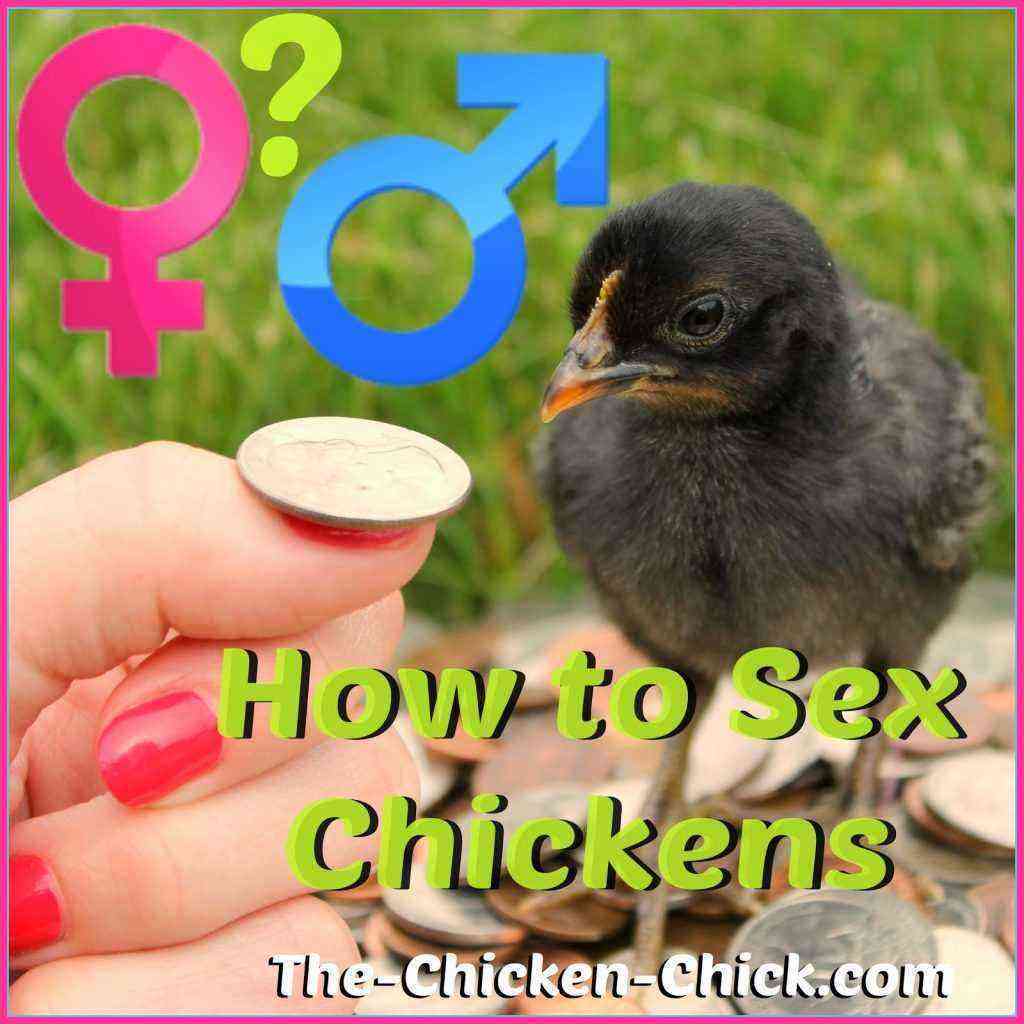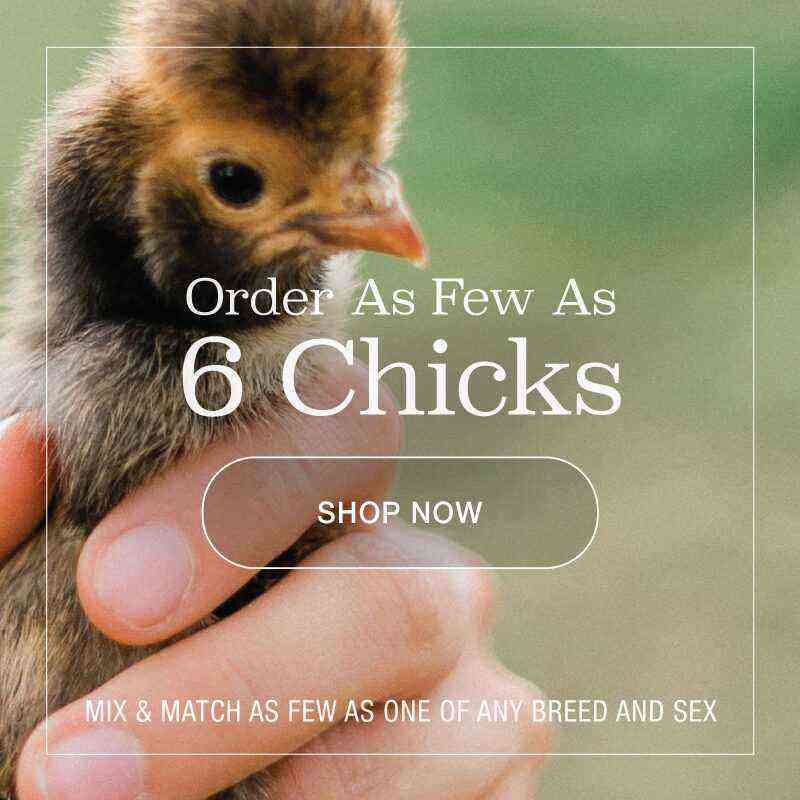Hubbard broilers, belonging to the category of crosses that do not pass on their characteristics by inheritance to offspring, are quite popular both in Europe and in the USA. In total, the Hubbard ISA breeding holding bred several subspecies of these early maturing chickens. Their description demonstrates the presence of a dwarfism gene in some subtypes, which makes it possible to reduce the cost of feeding and keeping birds. But in general, Hubbard broilers are an excellent meat cross that allows you to quickly grow a fairly large population and get the most out of it.
Features
The breeding of broilers by the breeding holding Hubbard ISA has allowed French poultry farmers to produce almost perfect birds. It is suitable for the formation of early maturing high-quality meat and, if necessary, is able to demonstrate good egg production. The description mentions the use of crossbreeding to obtain the desired characteristics. Thanks to meticulous breeding work, Hubbard broilers have excellent survival rates close to 100%.
Crosses are characterized by the following external signs:
- medium build with a compact strong body;
- a small head crowned with a pink crest;
- wide, well-developed chest (in males it is smaller than in females);
- paws are strong, short, metatarsus and skin are yellow;
- the plumage is snow-white, dense, cockerels fledge later than hens.
By their behavior, Hubbard ISA broilers are classified as calm, balanced birds. They easily get along with other inhabitants of the chicken coop, tolerate the high density of the farm space. Even roosters have a phlegmatic disposition, are obedient, and have good contact with the owner.
Chickens are also distinguished by contact, even a novice farmer or a private poultry farmer can get along with them.
Varieties
The characteristics of the Flex and F-15 subspecies are of particular interest to domestic farmers, because they have been actively bred in Russia over the past decades. Both subspecies of the popular cross have the main features. But there are some subtleties that require special attention.
F-15
The Hubbard F-15 cross is interesting in that the broiler chickens in it are initially obtained from a dwarf mother, which greatly affects the feed needs of the young. The rearing process is regulated and allows, by the time of slaughter (35–39 days after incubation), to obtain a bird weighing about 1,8 kg. Rapid growth, high rate of plumage formation in chickens make this bird as attractive as possible for industrial breeding.
The maximum weight of Hubbard F-15 chickens at the age of seven reaches 2800 g for roosters, 2500 g for females.
Among the obvious advantages of this cross, one can consider the standard final sizes for dwarf genes in chickens, which greatly facilitates the increase in the density of the bird population in the hen house or on the farm – up to 30% per m2 on average. Feed savings for 64 weeks per 1 chicken reaches 371 gr. High meat quality, excellent survival rate make this broiler variety truly competitive in the market.
Flex
Unlike other subspecies, Hubbard Flex is distinguished by the homogeneity of offspring, excellent meat structure and a total mass yield of 1,8 to 3 kg (depending on the time of slaughter). Cross initially focused on factory cultivation, allows you to get offspring, completely ready for cutting and processing. In terms of cost-to-profit ratio, this is one of the most profitable varieties of broilers.
Classic
Hubbard Classic broilers are characterized by a very fast initial growth, which, combined with low cost, leads to the popularization of the bird. It is this manufacturer that is actively allowed into breeding. The classic direction is considered to be meat and egg, it allows you to get up to 64 eggs per year from poultry at 148 weeks. Chickens are more adapted to different living conditions than F15, but the optimal climate for them is temperate continental or subtropical.
Performance indicators
In terms of productivity, Hubbard broilers are comparable to other popular types of chickens. They provide high precocity when grown for meat, but can also be used as a meat and egg cross. Cross-country averages are as follows:
- live weight by day 35 – up to 3,5 kg for roosters, up to 2,7 kg for chickens;
- the bird, as it grows older, continues to increase its weight up to 7–8 kg, depending on the diet;
- the onset of egg production in chickens occurs at the age of about 5–6 months;
- the annual volume of eggs produced is about 180 pieces, weighing up to 70 grams each, with a white strong shell.
Usually the cross is sent for meat, without waiting until it gains the maximum mass. The parent herd is recruited from the best individuals, but in factory conditions, the Hubbard F15 is used only for the production of meat products. With early slaughter, the quality of the product is as high as possible, it is possible to obtain a dietary, nutritious fillet with a fibrous structure. As the bird matures, the quality of the eggs does not decrease.
The maximum productivity of chickens falls on the age of up to 2 years, then they are sent for slaughter.
Advantages and disadvantages
One of the most famous French crosses used by both farmers and factories. Among the advantages that Hubbard broilers have, it is worth noting:
- lack of care;
- optimal physical parameters for the fastest possible increase in the desired weight;
- high livestock survival;
- early maturity and economy in feed costs.
Not without its drawbacks. Birds are sensitive to the quality of nutrition: with insufficient calories, they can gain weight poorly and stop growing. The livestock is susceptible to infectious diseases, requires compliance with the vaccination regimen, regular disinfection of the chicken coop. With significant temperature fluctuations, broilers can catch colds and even die, so you should carefully monitor the temperature inside the house.
Conditions of detention
Popular today in the EU, Hubbard broilers do not belong to crosses that require careful and constant care. They are quite unpretentious, easily adapting to different ways of keeping livestock: from walking to cellular. It is permissible to use a closed house, but on condition that the declared light regime is observed. For broilers, they build a new chicken coop or prepare existing buildings in such a way that all surfaces are thoroughly disinfected in them.
The standard thickness of sawdust litter for Hubbard broilers is about 8 cm. Its complete replacement is carried out at least 4 times a year, partial – weekly, with the removal of the top layer. It is imperative to ensure good ventilation, maintaining air humidity at the level of 60-70%. Light day, optimal for the growth of chickens and the life of laying hens, should have a duration of 12 hours or more.
Hubbard broilers are oriented to grow in subtropical or temperate climates. When average daily temperatures fall below +18 degrees, it is worth taking care of additional heating of the space, otherwise the growth of young animals will slow down greatly, and food consumption will increase throughout the livestock. It is imperative to exclude possible temperature fluctuations, to protect chickens from possible frostbite or hypothermia. Hubbards’ immune defenses are not very high, they are prone to colds and infections, and failure to comply with the conditions of detention can lead to the development of an epidemic or the death of young animals.
Feeding and care
Feeding young animals raised for meat requires a balanced and fairly nutritious diet. The best choice would be ready-made compound feed, which already has everything necessary to meet the energy needs of the bird. In the first days, warm mashes are prepared for newborn chickens based on a mixture of barley, wheat and corn grits, greens and eggs are introduced into the diet. By the second week, mineral and vitamin supplements are added to food, boiled vegetables are given.
In order for broiler chickens to demonstrate the required indicators of growth and development, they need to provide a complete diet. When feeding with compound feed during the first month, about 4,5 kg of ready-made food is spent. When cooking on your own, poultry farmers are advised to use:
- meat and bone meal;
- sunflower cake;
- fresh herbal crops;
- cereals, among which the most important are barley, wheat and corn;
- milk return;
- chalk or mineral additives of another type;
- fresh vegetables: cucumbers, pumpkin, zucchini;
- brewer’s yeast (dry).
During the period of building muscle mass, chickens should be fed 4 times a day, it is recommended to follow a strictly defined feeding schedule. It is desirable that the amount of cereals in the diet should not be less than 65-70%. In the summer, you can increase the proportion of vegetable supplements. In addition, chickens kept exclusively in a poultry house, without walking, need animal protein: snails, worms.
In winter, the bird is fed with potato peelings or boiled potatoes. The main food can be heated, providing the bird with additional comfort when eating.
Breeding
Broiler chickens of the F15 type are not very suitable for self-breeding – the owners of the cross prefer to purchase them in the form of eggs or young animals due to the lack of inherited genetically rapid weight gain in subsequent generations. When buying or settling chickens, the prepared chicken coop area must comply with all standards: up to 1 birds per 2 m15. In addition, as part of the preliminary preparation, it is recommended to treat the walls with lime, sprinkle fluffy lime on the floor, covering it with sawdust or wood shavings. The prepared poultry house should stand for three days until the young stock is settled.
Growing chickens begins with heating – the air should have a humidity of about 70%, the temperature in the room should reach +32 degrees. Such conditions are maintained for 5 days, after which the temperature begins to drop by 2 degrees every five days. From 5 weeks old, chickens do not need additional heating – it is enough to maintain a temperature of about +18 degrees in the chicken coop space.
Hubbard broilers need immunoprophylaxis as they grow and develop. The Gambar vaccination is usually administered at the age of seven with revaccination on the 14th day. From Newcastle disease, the vaccine is given on the 21st day after the birth of the chickens. On days 2–5 and 25–28, antibacterial treatment of the entire livestock is carried out with Baytril and Enroflox preparations. With a lack of vitamins after a veterinary examination, additional preventive supplements may be prescribed.
The formation of the parent flock during self-selection of Hubbard chickens is made from the strongest representatives of the bred stock. One rooster is left for 5-6 hens. The content of breeding copies should be separate.
Due to the poorly developed maternal instinct, the process of incubation in natural conditions in Hubbard hens is usually not performed, the eggs are transferred to an incubator, placed under other hens.
For information on how to properly grow hubbart broilers, see the following video.

